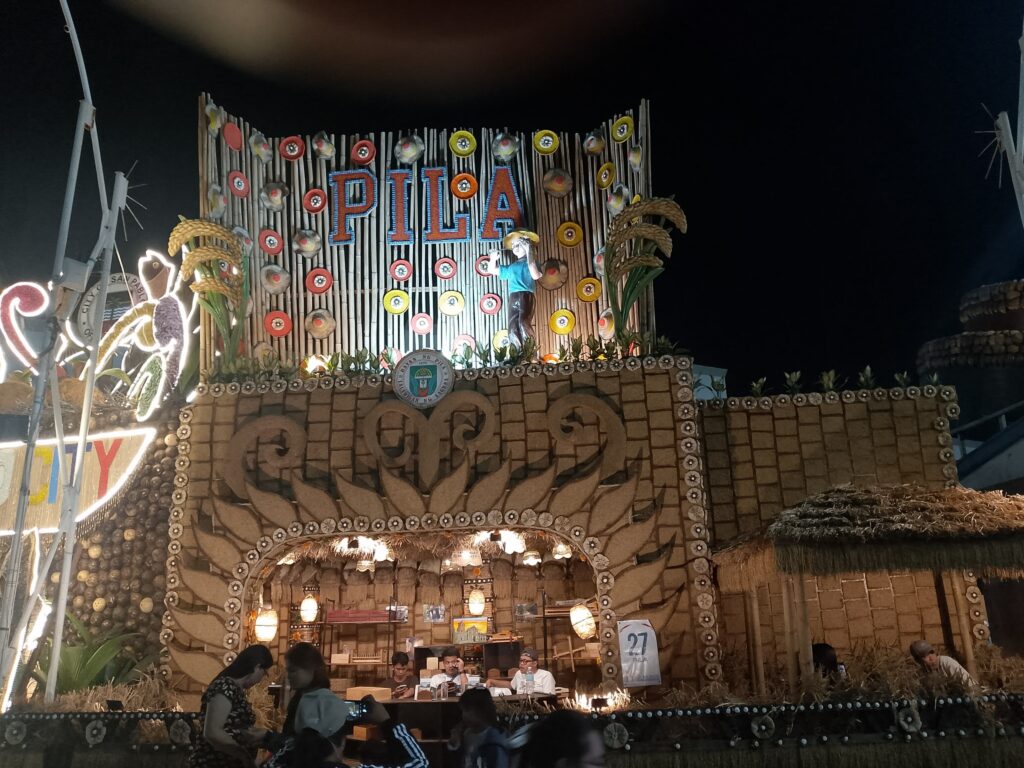
Pila, Laguna: A Town Rich in History and Culture
Pila, Laguna, is a charming and historic town in the Philippines known for its well-preserved Spanish-era houses, rich cultural heritage, and deep-rooted traditions. Located in the province of Laguna, this quiet yet picturesque municipality offers visitors a glimpse into the country’s colonial past while showcasing its vibrant local life.
A Glimpse into History
Pila is one of the oldest towns in Laguna, with its history dating back to pre-Hispanic times. During the Spanish era, it became an important center of education and religious activities. The town was officially recognized as a National Historical Landmark in 2000, making it one of the few heritage towns in the Philippines.
One of Pila’s most notable contributions to history is its role as a settlement for Spanish missionaries in the 16th century. The town’s strategic location near Laguna de Bay made it a vital hub for trade and evangelization.
Heritage and Landmarks
Pila is famous for its well-preserved ancestral houses that reflect the architectural influence of the Spanish colonial period. Some of its key landmarks include:
Pila Plaza and Heritage District – The heart of the town, surrounded by beautiful bahay na bato (stone houses) that showcase the elegance of Spanish-Filipino architecture.
San Antonio de Padua Parish Church – Built in the early 1600s, this historic church is the first in the Philippines dedicated to Saint Anthony of Padua. Its timeless structure continues to be a place of worship and a symbol of the town’s devotion.
Pila Municipal Hall – A historic building that stands as a testament to the town’s rich civic history.
Old Ancestral Houses – Many of these homes date back to the late Spanish and early American periods and have been preserved by their owners.
Culture and Traditions
Pila’s culture is deeply rooted in Filipino Catholic traditions and celebrations. Some of the town’s most awaited festivities include:
Feast of San Antonio de Padua (June 13) – A grand celebration featuring a town-wide fiesta, processions, and cultural performances.
Pailah Festival – Named after the town’s ancient name, this event celebrates Pila’s heritage through street dances, exhibits, and food fairs.
Modern-Day Pila
Despite its historical appeal, Pila has embraced modern development while maintaining its old-world charm. It continues to thrive as a peaceful community with agriculture as its main industry, particularly in rice and coconut farming. The town also attracts tourists and history enthusiasts eager to experience its preserved beauty.
Conclusion
Pila, Laguna, is a hidden gem that beautifully blends history, culture, and community spirit. Whether you’re exploring its heritage homes, attending a local festival, or simply enjoying the laid-back provincial life, Pila offers a unique experience that showcases the rich legacy of the Philippines. Its recognition as a National Historical Landmark ensures that its cultural treasures will be preserved for generations to come.



